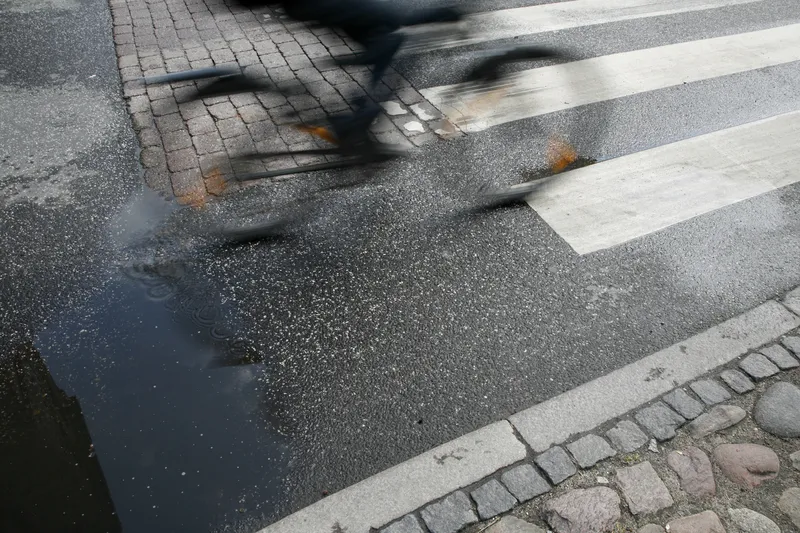From 13 June a new traffic safety system will be in use on the A282 (M25) northbound approach to the Dartford crossing tunnels.
The system will identify and stop oversized vehicles or those carrying dangerous goods from entering the tunnels. It will also enable dangerous goods vehicles to be escorted through the tunnels safely and stop traffic in the event of an incident in the tunnels.
Electronic message signs on the approach to the traffic safety system will provide drivers with information relating
May 22, 2015
Read time: 2 mins
From 13 June a new traffic safety system will be in use on the A282 (M25) northbound approach to the Dartford crossing tunnels.
The system will identify and stop oversized vehicles or those carrying dangerous goods from entering the tunnels. It will also enable dangerous goods vehicles to be escorted through the tunnels safely and stop traffic in the event of an incident in the tunnels.
Electronic message signs on the approach to the traffic safety system will provide drivers with information relating to road conditions and safety.
Signs on gantries over the carriageway will display variable speed limits to keep traffic flowing safely, dependant on the road conditions at the time. A red X symbol will show that a lane is closed because of an incident or people working on the road.
Additional electronic message signs will be used in the safety system to give instructions to goods vehicle drivers who have failed to comply with the size and content restrictions of the tunnels.
Traffic signals will be used to stop and direct oversized vehicles, or those carrying dangerous goods that are not approaching the tunnels in the correct lane. The signals will also be used to stop traffic in the event of a tunnel emergency. Red light camera enforcement will also be in use at the traffic signals.
Barriers will be used in conjunction with traffic signals to stop vehicles and enforce crossing restrictions when required.
Average speed camera enforcement will be in use at the Dartford Crossing. Drivers should drive at speeds appropriate to the road conditions and must not exceed the variable speed limits displayed.
The system will identify and stop oversized vehicles or those carrying dangerous goods from entering the tunnels. It will also enable dangerous goods vehicles to be escorted through the tunnels safely and stop traffic in the event of an incident in the tunnels.
Electronic message signs on the approach to the traffic safety system will provide drivers with information relating to road conditions and safety.
Signs on gantries over the carriageway will display variable speed limits to keep traffic flowing safely, dependant on the road conditions at the time. A red X symbol will show that a lane is closed because of an incident or people working on the road.
Additional electronic message signs will be used in the safety system to give instructions to goods vehicle drivers who have failed to comply with the size and content restrictions of the tunnels.
Traffic signals will be used to stop and direct oversized vehicles, or those carrying dangerous goods that are not approaching the tunnels in the correct lane. The signals will also be used to stop traffic in the event of a tunnel emergency. Red light camera enforcement will also be in use at the traffic signals.
Barriers will be used in conjunction with traffic signals to stop vehicles and enforce crossing restrictions when required.
Average speed camera enforcement will be in use at the Dartford Crossing. Drivers should drive at speeds appropriate to the road conditions and must not exceed the variable speed limits displayed.










